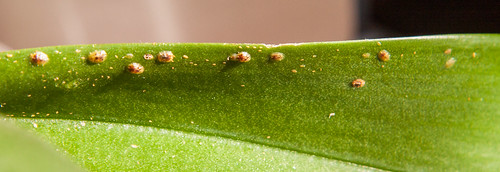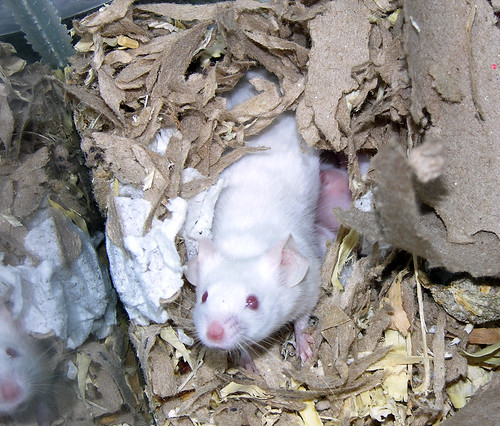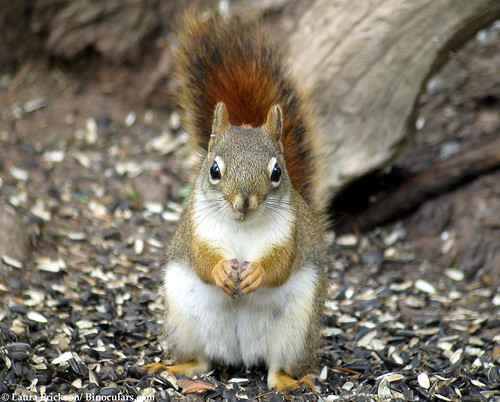
Right now, one of my orchid plants is suffering from a scale insect infestation. I’ve been trying to keep it under control without resorting to pesticides by holding the plant under warm water as I scrape the nasty things off. I can’t say I’ve had the least bit of sympathy for the insects even though I’ve killed hundreds—maybe even thousands. I see them as an enemy horde, not as individuals.

People seem to think the same about rodents, pigeons, and other animals we consider pests. But I think there is a world of difference between what’s going on in a scale insect’s mind and what’s going on in a pigeon’s or mouse’s mind—or at least I hope so. I was thinking of that in light of an article published in Nature last week about mice feeling stressed when near male animals or humans, apparently set off by pheromones associated with testosterone. When I was a little girl, grownups setting out mouse traps assured us that rodents can’t feel pain, and when I took college psychology in 1970, we learned that mice and other animals don’t feel pain or any emotions whatsoever—that nothing they do is motivated by pleasure or fear or a sense of fun. The books said that every behavior is a simple response to a stimulus that is invariably somehow entwined with food or sex. I’d had many pets as a kid, including a 13-lined ground squirrel named Sammy, and lots of white mice, gerbils, and hamsters. I could feel deep in my bones that these animals all had feelings and could be stressed or upset by things. I was bewildered that people as smart as psychologists and ethologists had such limited understanding of animals. Really, how could animals not share at least some measure of intelligence and emotion with us, considering how much of our DNA and biochemistry they share?

But the ability to deny the existence of emotion and pain and intelligence to animals does simplify our lives. As omnivores, we humans eat a lot of animals. Mice and squirrels getting into my house’s insulation and wiring have caused a few serious problems over the years. Reckoning with the value and validity of each individual creature that dies for our nutrition, safety, or comfort is a heavy burden for a sensitive soul. It’s far easier to deny that they feel pain, have feelings, or are unique individuals. I’d like to think those scale insects I’ve been slaughtering are at the lowest levels of awareness and don’t know what hit them when I wash them off my plants. But as we move up the evolutionary ladder to vertebrates, and particularly to warm blooded vertebrates, that assumption gets harder and harder to make, unless we’re indoctrinated as children to close our eyes to our evolutionary roots.
This is hitting me strongly as I re-read Joel Greenberg’s book about the extinction of the Passenger Pigeon. He dispassionately recounts the many ways people slaughtered unimaginable numbers of them . People killed far more than they could eat or deal with—some of the slaughter methods involved setting whole woodlots and forests afire or chopping down trees containing many nests, and many of the scorched or crushed carcasses weren’t even picked up. There were times when the birds were killed in such huge numbers that their value was less than the cost of the ammunition for killing them. At the time, few people believed it was possible to hunt the world’s most abundant land bird entirely to extinction, and for most people today, even those who believe that the Passenger Pigeon’s extinction was horribly wrong, the individual pigeons didn’t have value. Certainly what was unconscionable was the excessive hunting beyond sustainable levels, but like us and every other creature, Passenger Pigeons were individuals, each doing what it could to survive on this planet. People say extinction is forever, but so is the death of each individual. That is something to ponder as I wash those scale insects off my orchids.
